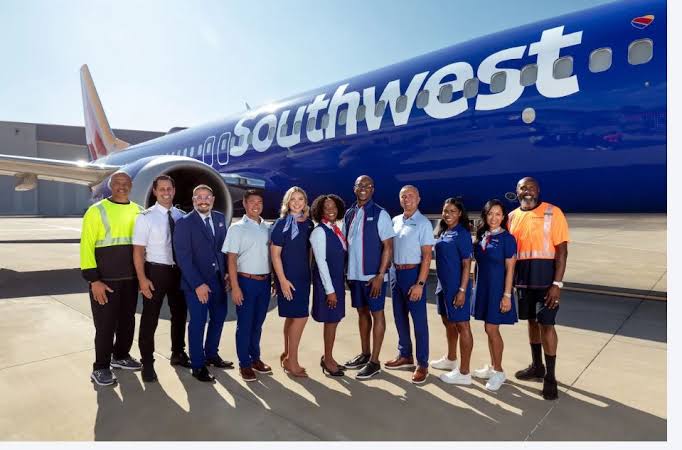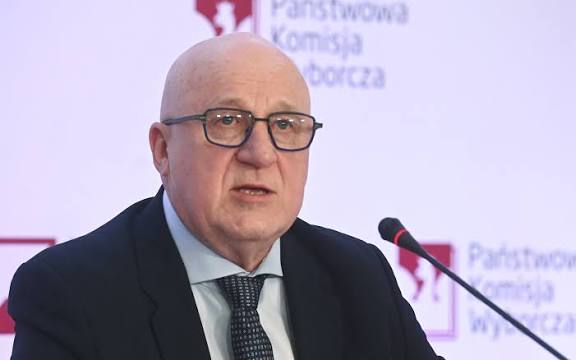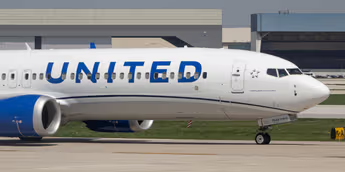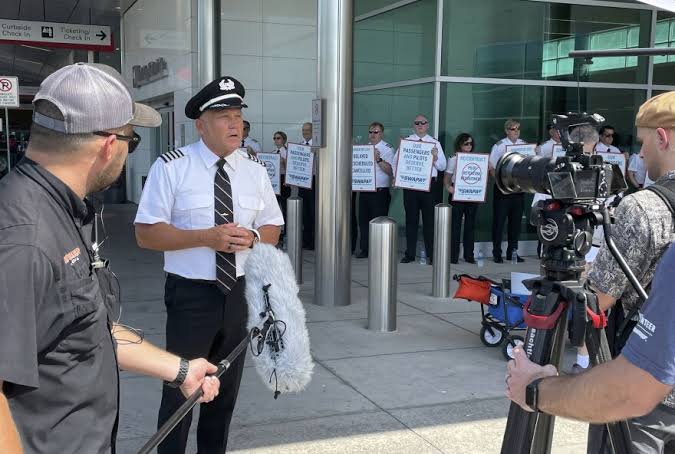Southwest Airlines Plans to Lay Off 10,000 Employees Amid Industry Struggles
Southwest Airlines Plans to Lay Off 10,000 Employees Amid Industry Struggles
In a major announcement that has sent shockwaves through the airline industry, Southwest Airlines revealed plans to lay off approximately 10,000 employees in the coming months. The move comes as the airline grapples with ongoing financial challenges, increased operational costs, and a shifting post-pandemic travel landscape.
Industry Turbulence Forces Tough Decisions
Southwest Airlines, long known for its employee-first culture and reliable service, is facing one of the most difficult periods in its history. The decision to initiate mass layoffs reflects a growing need to cut costs and stabilize the business in the face of economic pressure and reduced consumer demand.
“This was not an easy decision to make,” said Southwest CEO Bob Jordan in a statement released Monday. “Our people are the heart of Southwest, and we deeply regret the impact this will have on many of our hardworking employees. However, we must take decisive steps to ensure the long-term health of our company.”
The job cuts will affect workers across several departments, including ground operations, customer service, inflight personnel, and administrative roles. The company has not yet released a breakdown of how many employees will be impacted in each division.
Declining Demand and Financial Strain
Since the COVID-19 pandemic disrupted the global travel industry, airlines have struggled to return to pre-pandemic levels of profitability. While travel demand initially rebounded in 2022 and 2023, recent trends show a slowdown in bookings, particularly for domestic leisure travel — a segment Southwest heavily relies on.
Adding to the strain are rising fuel prices, increasing labor costs, and heightened competition from ultra-low-cost carriers. These factors have combined to put immense pressure on Southwest’s financial performance. According to its most recent earnings report, the airline posted a net loss of $220 million in the first quarter of 2025 — its third consecutive quarterly loss.
“Travel demand has softened, and our cost structure has become unsustainable at current capacity levels,” Jordan explained. “We must align our staffing and services with the current realities of the marketplace.”
Employee Reactions and Union Response
The announcement has sparked concern and frustration among employees, many of whom were caught off guard by the news. For an airline that prides itself on employee loyalty and internal promotion, the layoffs represent a departure from its historically people-centric approach.
“I’ve been with Southwest for over 12 years, and this is the first time I’ve genuinely feared for my job,” said a gate agent at Dallas Love Field who requested anonymity. “We’ve always been told we’re family. This doesn’t feel like that anymore.”
The Transport Workers Union (TWU), which represents thousands of Southwest employees, issued a statement criticizing the company’s decision and vowing to advocate for those affected.
“While we understand the economic challenges facing the airline, mass layoffs should be a last resort,” said TWU President John Samuelsen. “We will work tirelessly to ensure our members are treated fairly and have access to support and resources.”
Severance and Support for Laid-Off Workers
Southwest Airlines has pledged to offer severance packages to laid-off employees, including continued healthcare benefits, outplacement assistance, and priority hiring status should the company begin rehiring in the future.
The airline is also partnering with local workforce development programs and national employment agencies to help affected workers transition to new opportunities.
“We are committed to helping our departing colleagues land on their feet,” Jordan said. “Their contributions have been invaluable to our company, and they deserve our full support during this time.”
Analysts Warn of Broader Industry Trend
Aviation analysts believe Southwest’s move is likely the first of many similar announcements to come from major carriers in the U.S.
“We’re entering a phase of recalibration across the airline industry,” said Marybeth Finn, an aviation industry expert at Skymark Consulting Group. “Airlines expanded aggressively during the rebound, but demand has since plateaued. Now, companies are realizing they need to scale back and adjust to new economic realities.”
Finn noted that airlines that depend heavily on short-haul domestic travel — like Southwest — are particularly vulnerable, as business travel remains sluggish and leisure travelers tighten their budgets amid inflation concerns.
Looking Ahead: A Path to Recovery?
Despite the painful nature of the layoffs, Southwest executives insist that the move is necessary to position the company for a stronger, more sustainable future. The airline plans to consolidate certain routes, reduce underperforming flights, and invest in digital infrastructure to enhance customer experience.
“We’re not just cutting to survive — we’re reshaping our business to thrive in the years ahead,” said Jordan. “By making these tough decisions now, we believe we can return to profitability and resume growth in a more responsible and strategic way.”
Some industry observers remain cautiously optimistic. While short-term challenges persist, air travel is expected to grow over the long term, particularly as international travel continues to rebound and new technologies improve operational efficiency.
“If Southwest can weather the storm, they’re well positioned for a comeback,” Finn said. “But it will require careful management and continued adaptation.”
Conclusion
The planned layoff of 10,000 employees marks a difficult chapter for Southwest Airlines and a sobering moment for the U.S. airline industry. As the company navigates a path forward, the focus remains on regaining stability while honoring the values that have made Southwest a standout carrier for decades.
Only time will tell if these painful cuts will lead to long-term gain. For now, thousands of employees face an uncertain future — and an industry once flying high must once again prove its resilience.






